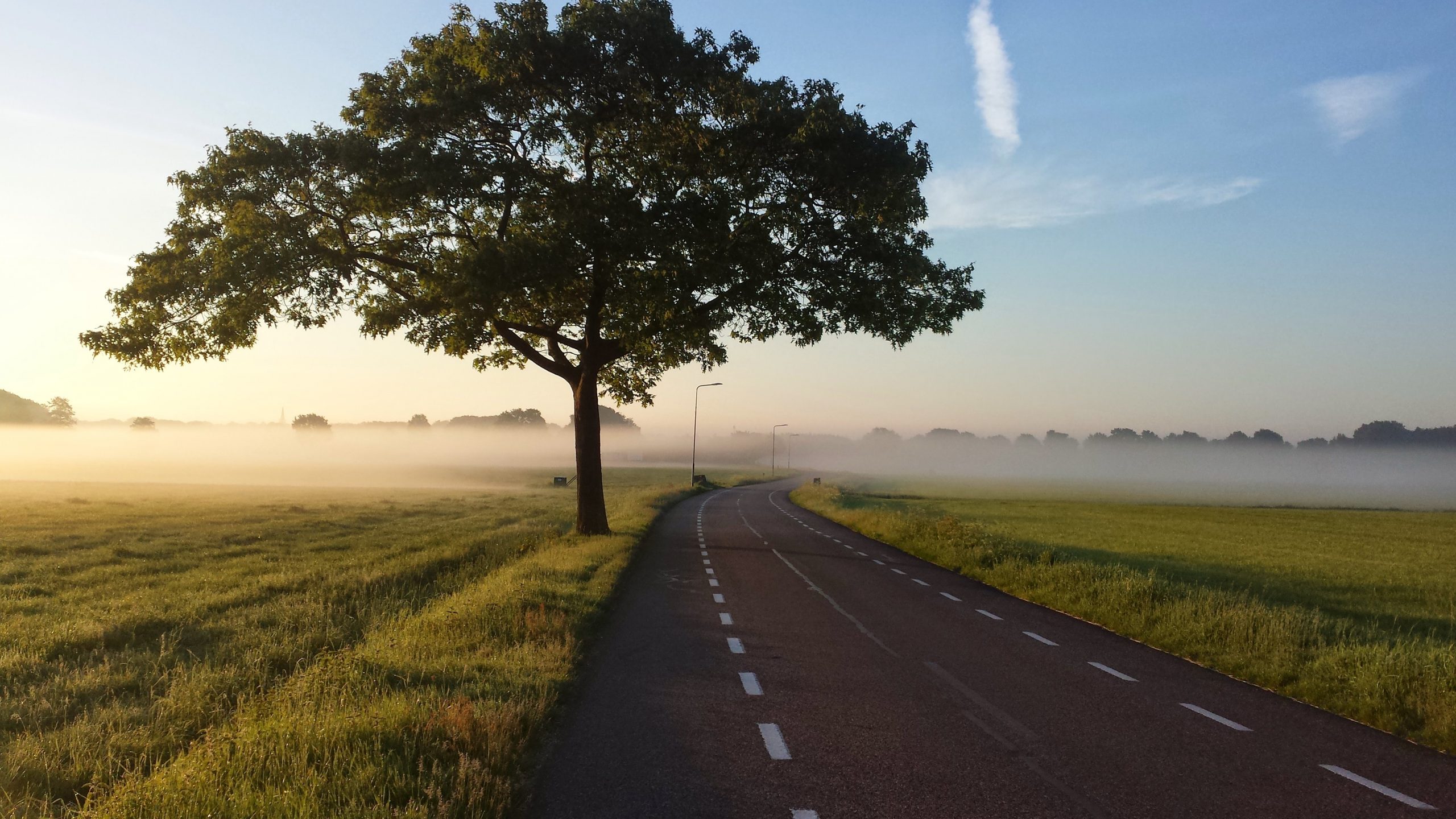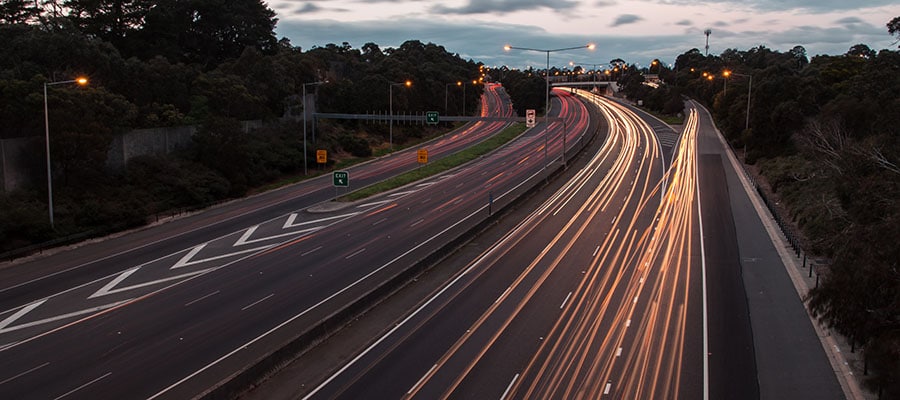Case Study: CBD and South East Light Rail achieves ‘Leading’ IS Design & As Built Rating
Project background
The CBD and South-East Light Rail (CSELR) has been delivered by the ALTRAC Light Rail Partnership (ALR) consisting of ACCIONA Infrastructure Australia Pty Ltd (Acciona) and Alstom Transport Australia Pty Limited (Alstom), on behalf of Transport for NSW. The project achieved an As Built Leading certification with 75.95 points.
The CSELR project consists of the design, construction, manufacture, testing and commissioning of:
- a new 12km light rail system to service the Sydney CBD and south east Sydney running from Circular Quay to Central Station via George Street, and on to Kingsford and Randwick via Surry Hills and Moore Park. The CSELR includes Light Rail Vehicles (LRVs) (the manufacture of which is outside the scope of this rating), CSELR Stops, terminus facilities, interchanges and facilities for the maintenance and stabling of LRVs;
- Public domain works, including a pedestrian zone in George Street from Hunter Street to Bathurst Street; and
- Adjustments to existing public roads, existing Utility Services and private properties that are affected by the construction of the CSELR;
- The testing and commissioning of the CSELR


Key achievements
- The project implemented a number of initiatives to reduce water consumption for the operation phase of the project, including LRV Washing (80% reduction of its consumption), Depots (31% reduction) and HVAC Geothermal Cooling system (100%). These initiatives resulted in a reduction of more than 10% of the total water consumption of the project.
- Through different initiatives the project has managed to reuse 100% of the spoil generated. This was tracked with a material transfer docket system onsite and this information was then entered into a tracker for monthly reporting.
- The project also achieved an overall >95% diversion of inert and non-hazardous waste from landfill and an overall 88% diversion of office waste material from landfill.
- The Sustainability Strategy developed by TfNSW provided the overarching commitments for the CSELR and specifically requires the procurement and purchasing process to consider appropriate environmental policies and systems through the supply chain. To ensure these commitments are implemented during design and construction a Sustainable Procurement Plan was developed for the project and sets out the process to ensure all social, environmental and economic aspects were considered. This plan included a questionnaire completed by the tender giving a non-cost score to each tender, which included assurances of their sustainability policy. Then a multi criteria analysis model was used for the initial comparison of potential suppliers. Following the supplier evaluation process, engaged tenderers are issued a contract which incorporate project environmental/sustainability objectives/targets and suppliers had to provide metrics on a monthly basis, and if targets were not met the project managed this with the supplier.
Innovations
First in Australia: Aesthetic Power Supply (APS) Ground level powered wire-free tram operation
The CSELR was the first in Australia to introduce the concept of wire-free tram operation in design and utilise ALSTOM’s Aesthetic Power Supply (APS), a ground level power supply system which provides catenary free (wire free and pole free) tramway operation. This innovative technology achieves catenary free tram way operation by providing a segmented street level powered rail (3rd rail) to supply power to the tram which is picked up by two contact shoes located on both sides of the tram central bogie. This technology preserves unobstructed views of the city’s historic landmarks and creates a more aesthetic public domain, promoting tourism and the economic growth of the city.
First in Australia: Harmonic and energy saving optimiser (HESOP) – Braking Energy Recovery System
ALSTOM’s Harmonic and Energy Saving Optimiser (HESOP) technology is an advanced reversible substation that allows up to 99% energy recovery during tram braking to be re-used throughout the network or injected back into the electricity grid.
First in Australia: Geothermal Air-Conditioning
The underground High Cross Park electrical substation utilises a geothermal air conditioning system which moves hot air out of the building using earth loops. This process is innovative as it uses a natural cooling system (geothermal cooling) to cool the substation and eliminates the need for cooling towers or condensing units and enables significant energy, carbon and water savings.
First in Australia – Citadis X05 (Type 305) LRV – Permanent Magnetic Motors (PMM)
The Citadis X05 features permanent magnetic motors providing traction to the LRV. The Permanent Magnetic Motor belongs to the synchronous motor category with a stator that produces a rotating magnetic field, while the rotor creates its own flux using embedded permanent magnets. The Citadis Permanent magnetic motors have a higher power to weight ratio, delivering up to a 15% energy saving with lower maintenance requirements and delivering a quieter vehicle.
Acknowledgements
Rosie Dutton
Tien Tran
Mark Chilton
____
Project Name: CBD and South East Light Rail
Certified Rating: Leading IS Design and As Built
IS Project Manager: Claudia Sylvestre



